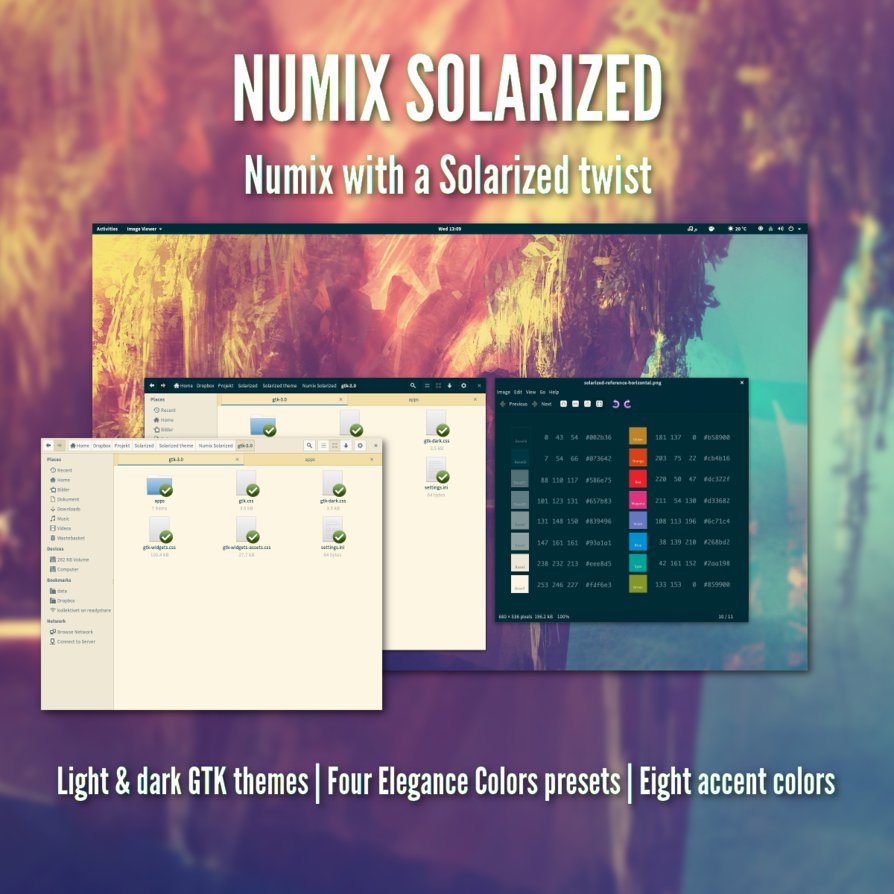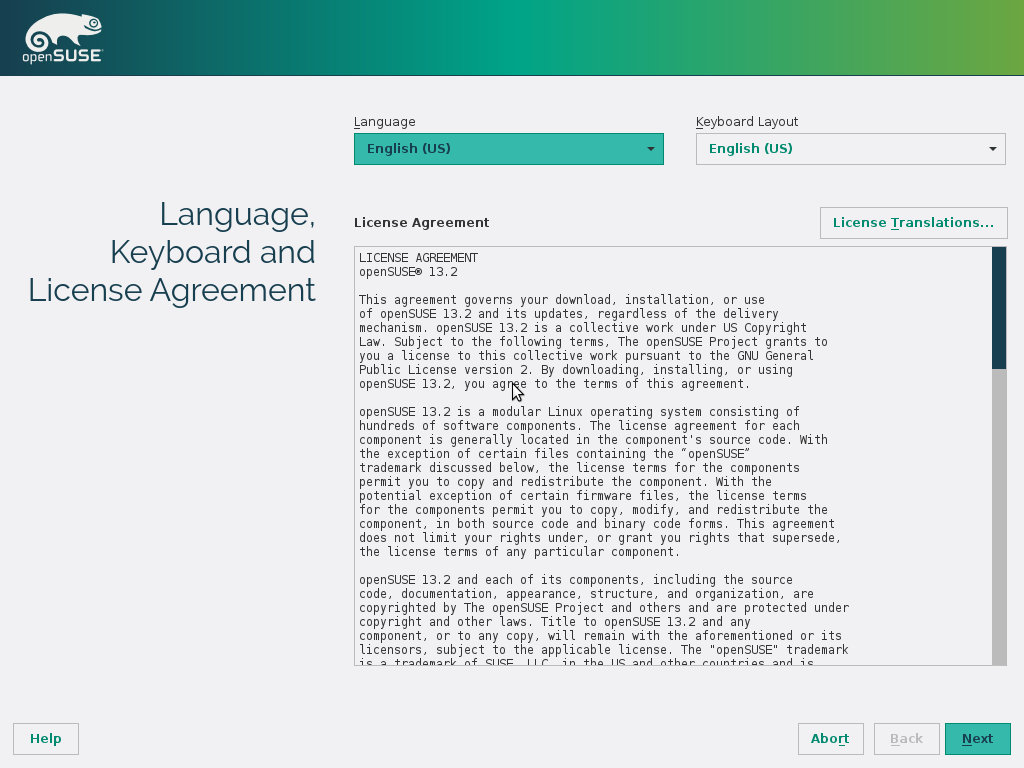Solarized Driven Rar
Since there are a lot of mistakes that are easy to make with colorschemes, I always look at them from the perspective of how they might be broken. I have a that checks for some of the common errors, and a for colorscheme authors.Notably, this scheme breaks my recommendation 6, making plugins like my fail to work properly. Leaving out GUI colors doesn't do anyone any favors.This colorscheme also fails to respond to:set background=(light dark) due to the weird handling of g:solarizedstyle.
Solarized Powershell
Vim has a method of specifying the background already, so this is rather pointless in the first place (it could be used to override 'background', but in that case it should only happen if the user has defined g:solarizedstyle, it shouldn't be defined by the script). Notice how this is used: if!exists('g:solarizedstyle') &&!exists('g:solarizedstyle')let g:solarizedstyle = &backgroundendif' if g:solarizedstyle 'dark'set background=darkelseif g:solarizedstyle 'light'set background=lightelselet g:solarizedstyle = &backgroundendifWhy is the first test repeated verbatim? What does the final else accomplish? The biggest problem, however, is that it locks 'background' into whatever it was the first time the colorscheme was loaded. This is particularly broken in terminals, where for complicated reasons it causes the colorscheme to be unloaded::colorscheme solarized:echo g:colorsnamesolarized:set backgroundbackground=light:set background=dark: ' Here the background stays light, and other colors change inexplicably:echo g:colorsnameE121: Undefined variable: g:colorsnameE15: Invalid expression: g:colorsnameThis problem is explained in more detail.This simple solution is to remove g:solarizedstyle and just use &background. Although, there is a bit of weirdness in the code where g:solarizedstyle can be 'inverted', but I assume this is a mistake, and it was supposed to be 'dark'. Kevin, Thanks for the detailed comments and links to your git repos.
It looks like there is some good information in them and I'll certainly be checking out your scripts.Your point about using just &background is totally correct. The duplicate g:solarizedstyle check (and really the g:solarizedstyle variable itself) is leftover from when I was trying to use buffer only (and later window only) scope variables. I was hesitant to just rely on &background as it seemed better to try to limit the scope to a non global value, but its where I ended up anyhow. This will have to be refactored out. The inverted mode was actually a different display mode and, again, needs to be cleaned up. Hey, it's betatastic.;)I'm not sure what you mean by leaving out gui colors so maybe you can explain further.
I'm not sure what you mean by leaving out gui colors so maybe you can explain further. I think you might have scanned the if/then color selection block thinking I was just taking one of those, but I'm actually setting both a gui value and terminal color value, both of which make it through to the final definitionIt's entirely possible that I drew that conclusion too quickly without understanding what exactly was happening. I did simply mean that the gui, guifg, guibg, and guisp items should be included even when running in a terminal. It sounds like this is what you've already done.Edit: Oh, I sort of see now. You are setting the GUI colors differently in terminal mode so that CSApprox can handle them better. This doesn't work for plugins like CSExact (well, it works but won't give the best results) and it seems to be unnecessary. You are using specific cterm colors, right?
I think CSApprox should ignore your colorscheme entirely, as it is already 256-color. CSApprox ignores the cterm values if gui values are present (at least here on my mac and archlinux test systems, vim 7.3). There might be a way to tell it not to do this, but the only solution I could find was to make a preemptive strike.I could do a check for CSApprox, but I knew there were other similar scripts out there and I had a sudden distrust for all of them.I'll take a look at CSExact as well.To be honest, the degraded 256 color mode is really a second class citizen since it's not the actual solarized values, but I worked hard to get the best matches possible (hence the overrides).
I'm really hoping anyone working in vim terminal mode will consider using one of the terminal color schemes I have available (more on the way) and will run with let g:solarizedtermcolors=16, as the colors will be accurate then. I think this is an inherent problem with Vim's highlight system.:hi def exists to be overridden by the user, it's just that in this case a previous color scheme overrides it instead. I'm not sure there's a practical way to allow the user to override defaults while preventing another color scheme from doing the same, but I'd have to take a much closer look to be sure.In general it seems like switching color schemes isn't well supported.
Even loading different syntax (by opening different types of files) bloats up the list of highlight groups, and it never gets trimmed.
Solarized Driven Rar Mac

Solarized - iTerm2 Color Presets InstallationDownload current build of iTerm 2 from:NOTE: Only builds 480 (Jan 11 2011) and later support import of color schemes.If the stable release doesn't include this function, grab the nightly buildfrom:Open iTerm 2, open Preferences, click on the 'Profiles' (formerly Addresses,formerly Bookmarks) icon in the preferences toolbar, then select the 'colors'tab. Click on the 'Color Presets' ('Load Presets' in earlier versions) menu and select 'import.' Select the SolarizedLight or Dark theme file.You have now loaded the Solarized color presets into iTerm 2, but haven't yetapplied them. To apply them, simply select an existing profile from the profilelist window on the left, or create a new profile. Then select the SolarizedDark or Solarized Light preset from the 'Color Presets' ('Load Presets' in earlier versions) menu drop down.Ok, I've gone crazy with iTerm2 color management but you are going to be ok.Just realize two things:.Like other apps (Chrome as of this writing) on the Mac, iTerm2 locks ina target color space when you create a new window. If you switch yourmonitor color space, relaunch iTerm2 and it will pick up the new targetcolor space.The colors in iTerm2 currently cannot be device colors. They are baked in asgeneric rgb (which, despite the name, is an actual, specific color spacefrom Apple and is used as a default just like other systems use sRGB asa default).
Being published by the International Organization for Standardization (ISO) the file system is considered an. May 20, 2017. Ecomstation 2.2 Iso Download. EComStation Demo CD version 2.2 BETA enUS. The download size of the CD is around 70 MB, and contains an ISO file that you need to burn onto CD-Rom.  An anonymous reader writes 'Yes, those OS/2 Warp bastards just don't want to quit. Today the eComStation 2.2 beta live CD was released for. Ecomstation 2.2 Iso Download. Software Penghasil Uang Gratis. 0 - Wikipedia. Platinum Notes Download Crack Idm. If you agree to the. This product is available for download to all registered users of. This is a beta version of eComStation 2.2, provided to interested customers. This product is provided as a downloadable ISO file, this is a raw DVD.
An anonymous reader writes 'Yes, those OS/2 Warp bastards just don't want to quit. Today the eComStation 2.2 beta live CD was released for. Ecomstation 2.2 Iso Download. Software Penghasil Uang Gratis. 0 - Wikipedia. Platinum Notes Download Crack Idm. If you agree to the. This product is available for download to all registered users of. This is a beta version of eComStation 2.2, provided to interested customers. This product is provided as a downloadable ISO file, this is a raw DVD.

Open Source Macos Projects

I've switch Solarized Apple Color Picker palettes to use taggedcolors by default, so for the most part iTerm2 will match up with other appswhere you use Color Picker swatches.The ValuesL.a.b values are canonical (White D65, Reference D50), other values arematched in sRGB space.
Top News
- ✔ Vmlite Vnc Server 2.3.4 Apk Cracked
- ✔ Tales Of Graces Wii Iso English
- ✔ Asus Wlan Control Center Software Download
- ✔ Autodata Crack Dongle Key Emulator
- ✔ Change Process Priority Windows Command Line
- ✔ Download Game Naruto Untuk Laptop Ukuran Kecil
- ✔ Garo Special Byakuya No Maju Download Movies
- ✔ Office Activation Code 0xc004f074 Windows
- ✔ Download Wallpaper Gerak Untuk PCH